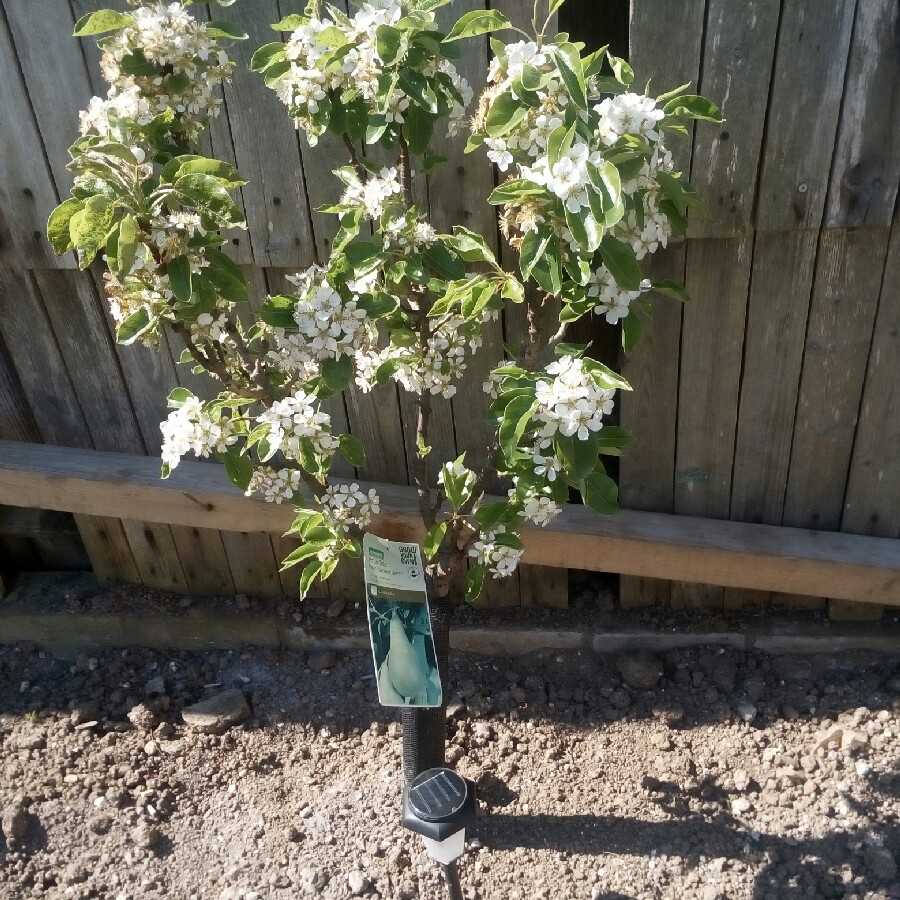
Pyrus communis 'Harvest Queen'
Pear 'Harvest Queen'
Most pear trees are deciduous, and naturally can grow up to 17 m. For garden cultivars the size of the fully grown tree is decided by the rootstock (usually quince). They can be grown as fan-trained, or espaliers, and can also be grown in pots. Most pear varieties require a second compatible variety as a pollinator.
Contributed by @Johndawkes50
-
Full sun
-
Occasional watering
-
Full Frost Hardy: 5F (-15°C)
-
Moist and free draining
Common name
Pear 'Harvest Queen'
Latin name
Pyrus communis 'Harvest Queen'
type
Fruiting tree
family
Rosaceae
ph
5.5 - 7.0 Acid - Neutral
Plant & bloom calendar
-
Best time to plant
-
When the plant will bloom
-
When to harvest
full grown dimensions
 8.00 M
10.00 M
8.00 M
10.00 M
Pyrus communis 'Harvest Queen'
Most pear trees are deciduous, and naturally can grow up to 17 m. For garden cultivars the size of the fully grown tree is decided by the rootstock (usually quince). They can be grown as fan-trained, or espaliers, and can also be grown in pots. Most pear varieties require a second compatible variety as a pollinator.
Flowering
From Early Spring TO Mid Spring
Pear trees flower in Spring. If frost is likely to occur, while the tree is in blossom, protect it with horticultural fleece, otherwise the fruit may not set.
Planting
From Late Winter TO Early Spring
When preparing the plant a pear tree, choose a sunny, sheltered, free-draining site, and dig a hole the depth of the roots and 3 times bigger in circumference than the root system. When planting the tree, tease out the roots and spread them across the dug hole, before back-filling, and then watering thoroughly..









